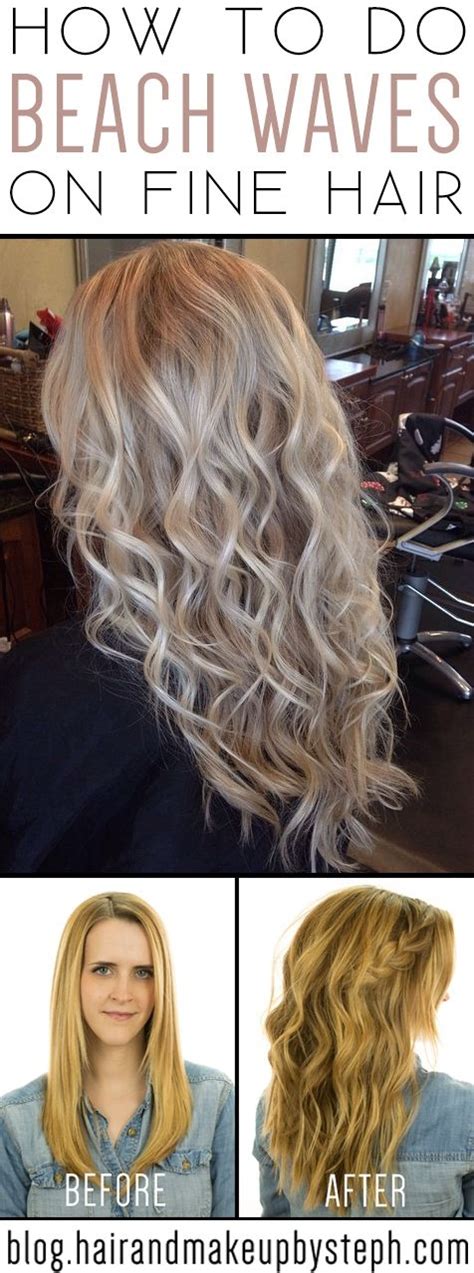Weaves for Fine Hair: A Tailored Transformation
For those with fine hair, achieving voluminous, luscious locks can be a constant challenge. Weaves offer an effective solution, providing an instant boost to hair’s thickness, length, and texture. By understanding the diverse weave options available, women with fine hair can select the perfect technique to complement their hair and style.

Types of Weaves for Fine Hair
1. Sew-In Weaves
Sew-in weaves involve meticulously sewing hair extensions onto cornrows or braids created on the natural hair. This method provides a secure and long-lasting attachment, lasting up to six weeks. However, it requires skilled installation and may cause tension on the scalp.
2. Glue-In Weaves
Glue-in weaves use an adhesive to bond hair extensions to thin sections of the natural hair. Unlike sew-in weaves, this method doesn’t create any tension on the scalp and is less damaging to fine hair. However, the adhesive tends to wear off over time, necessitating regular re-application.
3. Micro-Link Weaves
Micro-link weaves use tiny metal beads to fuse hair extensions to tiny strands of the natural hair. This method creates a virtually undetectable attachment, adding volume without sacrificing natural movement. It requires specialized tools and expertise for professional installation.
4. Clip-In Weaves
Clip-in weaves are a temporary solution, providing instant volume and length. They consist of hair wefts attached to small clips that can be easily clipped into the hair. Clip-in weaves are less damaging to fine hair but may be less secure than other weave techniques.
Choosing the Best Weave for Your Hair
1. Hair Texture
Match the texture of your weave to your natural hair. Synthetic hair extensions are more affordable but may not blend seamlessly with fine hair. Human hair extensions offer a more natural look and texture but come at a higher cost.
2. Hair Density
Consider the density of your hair when selecting a weave. If your hair is particularly fine or thin, opt for lighter weaves that won’t weigh down the hair and cause breakage.
3. Desired Volume
Determine the desired level of volume you want. Full weaves cover the entire head, while partial weaves focus on specific areas, such as the crown or sides.
4. Lifestyle
Consider your lifestyle and activities when choosing a weave. Active individuals may prefer weaves that are secure and can withstand movement. Those who prefer a non-committal option may opt for temporary clip-in weaves.
Common Mistakes to Avoid with Weaves
1. Using Weaves with Unnatural Colors or Textures
Avoid using weaves that drastically mismatch your natural hair color or texture. This can result in an unnatural and unflattering look.
2. Over-Weaving
Adding too much hair can weigh down fine hair and cause breakage. Consult a professional stylist to determine the appropriate weave thickness for your hair.
3. Neglecting Hair Care
Weaves require proper care and maintenance. Regularly wash, condition, and brush your hair to prevent matting and tangles.
4. DIY Installation
Weave installation is a technical process that should be performed by a licensed professional. At-home attempts can damage the hair and result in unsatisfactory outcomes.
Pros and Cons of Weaves for Fine Hair
Pros:
- Instant boost in volume and thickness
- Adds length and texture to hair
- Can be used to change hair color or highlights
- Can enhance hair growth by protecting the natural hair from damage
Cons:
- Can be costly
- Requires regular maintenance and upkeep
- Can cause scalp irritation if not installed or removed properly
- May result in hair breakage or thinning if not applied carefully
Innovative Applications for Weaves
Beyond traditional uses, weaves can also be utilized for creative and innovative applications:
- Hair Repair: Weaves can help conceal damaged or thinning areas of hair, restoring the appearance of fullness and health.
- Non-Surgical Hair Extensions: Weaves offer a non-surgical alternative to hair transplants, providing a temporary or permanent solution for hair loss.
- Versatility: Weaves can be customized to complement different face shapes, hair textures, and personal styles.
Weave Care Tips
- Regular Brushing: Gently brush your hair daily to remove tangles and prevent matting.
- Thorough Washing: Wash your hair thoroughly using a mild sulfate-free shampoo to avoid stripping natural oils.
- Conditioning: Deep condition your hair regularly to provide moisture and nourish the scalp.
- Avoid Excessive Heat: Limit the use of heat styling tools, as they can damage both the weave and your natural hair.
- Nighttime Protection: Protect your weave by wearing a silk or satin cap at night to reduce friction and prevent breakage.
Weave Options for Different Hair Textures
| Hair Texture | Weave Type | Pros | Cons |
|---|---|---|---|
| Straight | Sew-In | Secure, long-lasting | Can cause tension on scalp |
| Curly | Micro-Link | Undetectable, natural movement | Requires specialized tools and expertise |
| Wavy | Glue-In | Less damaging, comfortable | Adhesive wears off over time |
| Fine | Clip-In | Temporary, easy to apply | Less secure, may slip out |
Cost Analysis of Weaves
The cost of weaves varies depending on factors such as the hair texture, length, type of weave, and professional fees. Here is a rough estimate of costs:
| Weave Type | Cost Range |
|---|---|
| Sew-In | $200-$1000 |
| Glue-In | $150-$600 |
| Micro-Link | $300-$1200 |
| Clip-In | $50-$300 |
Conclusion
Weaves offer a versatile solution for women with fine hair to achieve voluminous, textured, and luscious locks. By understanding the different weave techniques and selecting the one that best suits their hair type and desired outcome, women can transform their fine hair into a crowning glory. Remember to prioritize proper weave installation and maintenance to ensure the health of both the weave and the natural hair. With countless weave options available, every woman can find the perfect solution to enhance their unique beauty and style.
